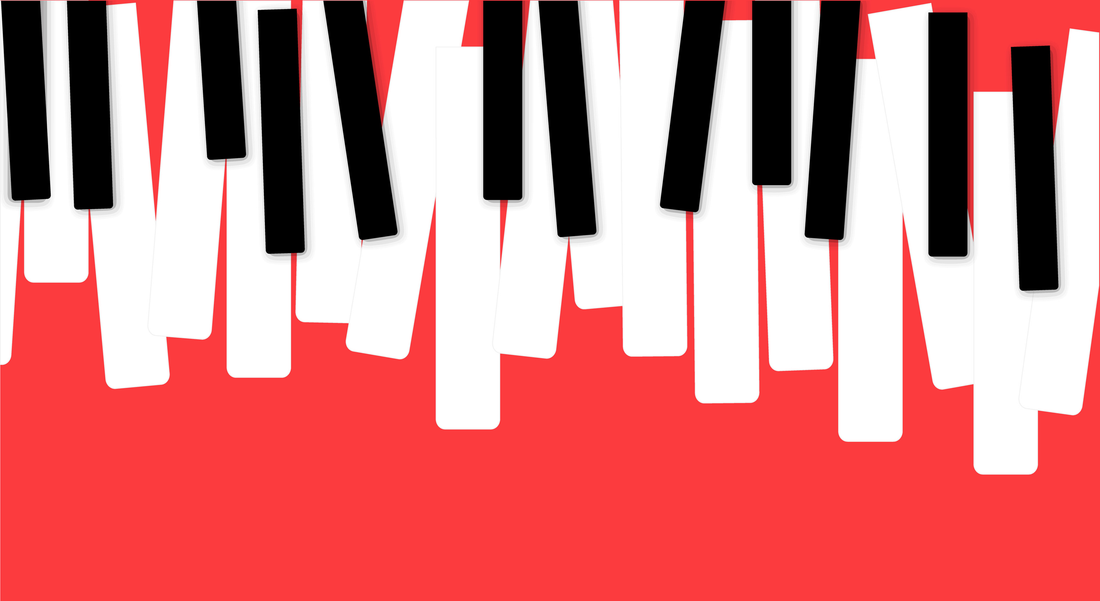
From Jazz to Canvas: The Impact of Musical Genres on Art Movements
Share
The rhythmic beats of jazz, the emotive melodies of classical music, and the rebellious spirit of rock and roll have not only shaped musical landscapes but have also left an indelible mark on the world of visual arts. This exploration into the symbiotic relationship between musical genres and art movements reveals how music influences artistic expression, inspiring innovations and defining eras.
The Jazz Influence
The improvisational nature of jazz, synonymous with the 1920s Jazz Age, propelled artists like Aaron Douglas to capture its essence visually, translating jazz's dynamic rhythms and soulful vibes into bold, animated artworks. The Harlem Renaissance emerged as a testament to this fusion, illustrating how jazz not only influenced the thematic content of art but also its stylistic features, fostering a new visual language rooted in movement and rhythm.

Photo credit: Nicole Mitchell © Lauren Deutsch
Classical Music and Its Visual Counterparts
Classical music's influence on art is both profound and subtle, with its structured beauty inspiring artists to seek a visual harmony akin to a symphonic arrangement. Abstract expressionists, particularly Kandinsky, envisioned their canvases as visual compositions, where color and form played together in harmony, echoing the structured yet emotive nature of classical music. This section will delve into specific artworks and movements inspired by classical pieces, highlighting the enduring legacy of this musical genre in the visual arts.
The Rock and Roll Revolution in Art
The advent of rock and roll challenged societal norms and artistic conventions alike, inspiring a visual culture marked by bold imagery, vibrant colors, and a penchant for experimentation. From Warhol's iconic album covers to the psychedelic posters of the 60s and 70s, rock music's influence permeated visual art, embodying the era's spirit of rebellion and freedom. This segment explores how rock and roll's visceral energy translated into art that captivated the visual and cultural imagination of generations.

Electronic Music and Digital Art
The relationship between electronic music and digital art represents the frontier of the music-art nexus, where technological innovation enables new forms of creative expression. Artists like Refik Anadol harness algorithms and digital mediums to create art that responds to electronic music in real time, crafting immersive experiences that blur the lines between the auditory and visual. This exploration underscores the transformative potential of electronic music in shaping digital and interactive art.
Conclusion
The interplay between music and art is a rich field of exploration, reflecting the profound impact of musical genres on visual expression. As music continues to evolve, its influence on art remains a source of inspiration, challenging artists to explore new horizons and inviting audiences to experience art in multidimensional ways.
I encourage you to immerse yourself in the world where music and art converge. Visit galleries, engage with digital art installations, and reflect on how music shapes your understanding of visual art.
BOOP!

